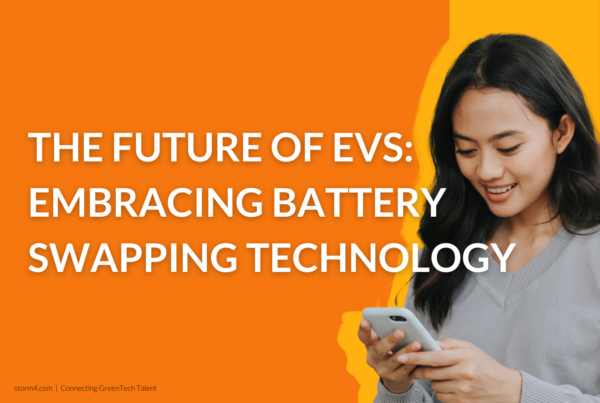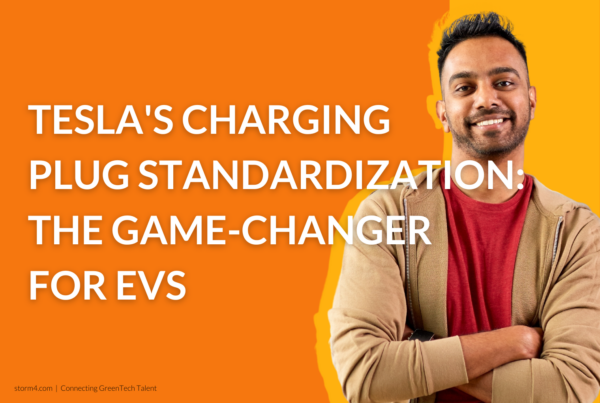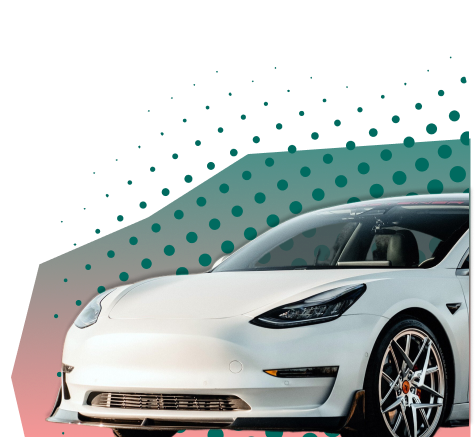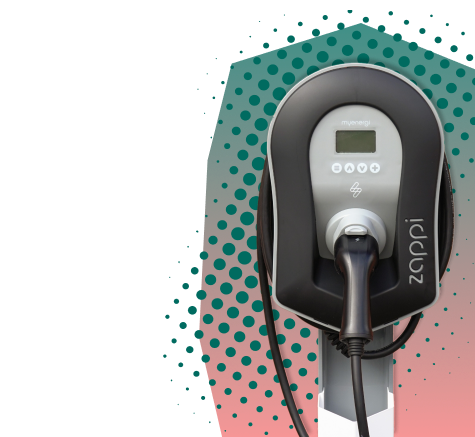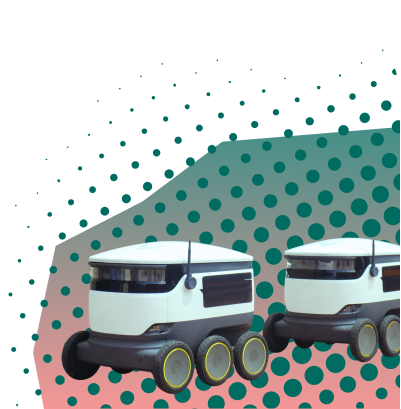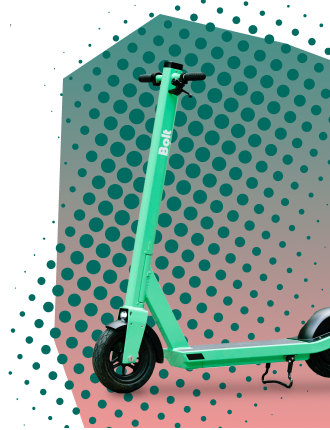Self-driving cars a fantasy from movies, or near reality?
Over the past decade, the possibility of connected and autonomous vehicles has driven the public imagination. With the excitement and possibility for innovation, many want to not only see what the future holds, but how they can contribute to it. A study conducted in 2020 expects that by 2030, one in ten vehicles would be autonomous. In recent years, the testing for autonomous vehicles has seen an increase, but also many realized coming up with reliable, safe and scalable technology is a challenge. Despite the adversities, there is still a lot of optimism surrounding future mobility.
The first breakthrough for connected and autonomous vehicles was the introduction of the autopilot function into Tesla’s vehicles in 2015. Almost seven years after, and with the coming of 5G, there are more companies that offer autonomy in their range (although not full, as autonomy can be divided into 5 different levels) and there are tests being carried on for autonomous taxis, delivery services, and more. The first-ever connected vehicle was introduced by GM in 1996 in Cadillac DeVille, Seville and Eldorado. To this day technology is constantly evolving, and more companies are trying to disrupt the market with their ideas.
 It’s important to note that it is not only the technology that is changing but the laws as well. Last year, the state of California, US passed a law that requires all autonomous vehicles to be electric by 2030. With more countries reacting to the ongoing global climate crisis and passing laws related to the decarbonization of transportation (EU will ban all new combustion engine vehicles from 2035), autonomous and connected vehicles will have to follow and be fully electric.
It’s important to note that it is not only the technology that is changing but the laws as well. Last year, the state of California, US passed a law that requires all autonomous vehicles to be electric by 2030. With more countries reacting to the ongoing global climate crisis and passing laws related to the decarbonization of transportation (EU will ban all new combustion engine vehicles from 2035), autonomous and connected vehicles will have to follow and be fully electric.
Some predict that autonomous vehicles will gain momentum by 2028. With Waymo achieving Level 4 (high automation) with their self-driving taxis, and the costs of developing technology for autonomous vehicles slowly dropping down, we can expect a fast acceleration of the potential that connected and autonomous vehicles will provide.
How does the future look, and how are connected and autonomous vehicles shaping it exactly?
5 ways connected and autonomous vehicles are shaping the future
-
Autonomous deliveries become more frequent
“Last mile” autonomous delivery is already a booming market, and it seems its growth will only accelerate further. The robots used for the delivery purposes operate using machine learning algorithms, which means that they will progressively get more capable of navigating their environments on their own. So far, these vehicles operate almost entirely autonomously, but with the possibility of human overdrive if they run into difficulties or come across hazards they did not run into before. One company pioneering the field is Starship, who’s autonomous fleet is already responsible for 1.6 million deliveries across the US. As of 2022, they want to expand their services to more cities within the US and potentially to Europe.
-
Driver behavior AI monitoring will gain its momentum

Artificial intelligence will come to the forefront in the next few years. There are many ways manufactures are already using AI for, but one of the most important ones is driver’s behavior monitoring. Many automotive companies are pursuing the use of in-car detectors and cameras to monitor a driver’s face for indications of fatigue, which could provide early warning of tiredness. This could spare injuries and serious or even fatal accidents, where fatigue plays a substantial role. One company that focuses on this type of technology is Bosch, who created systems designed to detect fatigue and incidents where drivers fall asleep for a second or two, which could lead to potential accidents.
-
Robotaxis to take on the streets!
Although the introduction of autonomous taxis to a wider public might have been slightly delayed by the pandemic, now is the time to get accustomed to them. Robotaxis will be the first contact a majority of us will have with self-operating vehicles, and they will play a huge role in the future of transportation and how we perceive urban mobility. The first roll-out has taken to the streets already, with companies like Waymo and GM pushing forward their autonomous fleets in the US, and companies like Baidu and Didi in China having their driverless cars in Shanghai and Beijing. The public’s approval towards shared-mobility such as Uber and Lyft will help to drive the approval for shared robotaxis, and it will transform the way we travel and commute.
-
Autonomous shipping and boats?
Shipping, especially across the seas seems like a natural market for autonomous vehicles. After all, boat transport is definitely less prone to traffic and similar risks, as opposed to trucks for example. There is a huge possibility for autonomous vehicles to accelerate in shipping, although there are still many challenges on the technical side. Despite that, many want to jump aboard: and there are already tests being carried out to make that possible. One notable project taking place is a collaboration between IBM, ProMare and a consortium of partners, called Mayflower Autonomous Ship. The project had its first attempt at autonomously crossing the Atlantic, but due to a broken exhaust pipe, it had to return to its starting point of Plymouth, UK. There are more tests planned for 2022, so maybe the future is closer than we expect it to be?
-
Autonomous and connected vehicles: new possibilities for collaboration and consolidation?
As of right now, trying to develop autonomous vehicles is a very costly business. It takes a lot of money and a lot of resources need to be poured into those types of projects, but there is some optimism here. Despite this being the competitive race to see who gets it right first is not stopping, companies are not afraid to collaborate together to make sure it’s done properly. And it’s already happening! Big names like Ford, Waymo and Baidu have all committed to making their datasets available publicly. Recently, the Autonomous Vehicle Computing Consortium, including players like Arm, Toyota, General Motors and Nvidia was established. All with the aim for bringing a more collaborative approach in order to overcome the challenges that come with developing the right technology.
Will this mean that we’ll never see autonomous vehicles on the road? That’s surely not the case. It just might take some time to arrive at that point. It seems that when it comes to autonomous and connected vehicles the US is a bit more ahead of Europe, but soon enough that will also surely change.
With the technological challenges creating a barrier to break through, looking for the right talent to bring to the team will be crucial. That’s why at Storm4, we’re committed to connecting the best future mobility talent with the optimistic minds that want to accelerate change. In case you’re one of those bright minds that already has plans on how to do that and needs people, or you’re an enthusiastic thinker and doer that would like to help companies achieve their goals, make sure to get in contact with us. After all, sustainable change is only established with a collaborative process.






